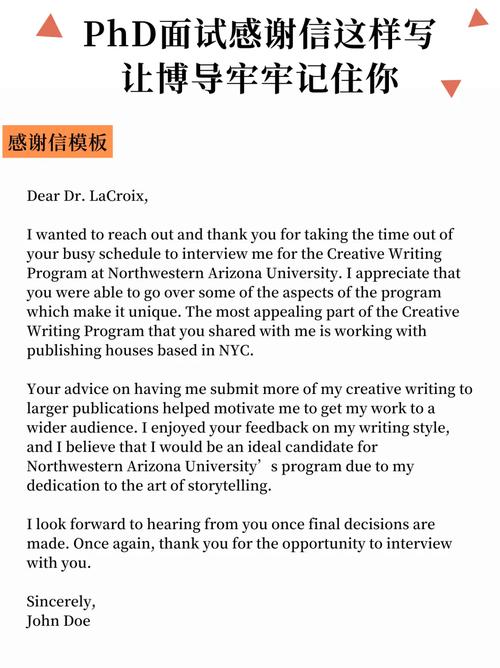
Application Letter to ETH Zurich: A Detailed Guide
Applying to ETH Zurich, one of the world’s leading technical universities, is a significant step in your academic journey. Crafting an application letter that stands out is crucial. This guide will provide you with a comprehensive overview of what to include in your application letter, ensuring it is tailored to ETH Zurich’s expectations.
Understanding ETH Zurich
ETH Zurich, officially known as the Swiss Federal Institute of Technology in Zurich, is renowned for its excellence in engineering, natural sciences, architecture, and computer science. It is a hub for innovation and research, with a strong emphasis on interdisciplinary collaboration.

Before writing your application letter, it’s essential to understand ETH Zurich’s values and mission. The university’s commitment to fostering a culture of innovation, excellence, and social responsibility should resonate with your own academic and professional goals.
Structure of the Application Letter
Your application letter should be structured in a clear and concise manner. Here’s a suggested outline:
- Header: Include your name, contact information, and the date.
- Salutation: Address the letter to the appropriate recipient, such as the admissions committee or a specific faculty member.
- Introduction: Briefly introduce yourself and state the purpose of your letter.
- Body: Discuss your academic background, research interests, and reasons for choosing ETH Zurich.
- Conclusion: Summarize your key points and express your enthusiasm for the opportunity to study at ETH Zurich.
- Signature: Include your handwritten signature if sending a hard copy.
Academic Background and Research Interests
Highlight your academic achievements and research interests in your application letter. Include the following information:
- Education: List your degrees, institutions, and relevant coursework.
- Research Experience: Describe any research projects you have participated in, including your role, the project’s objectives, and any findings or publications.
- Academic Awards and Honors: Mention any awards, scholarships, or recognitions you have received.
Be specific about your research interests and how they align with ETH Zurich’s strengths. For example, if you are interested in renewable energy, mention the university’s research in this field and how you would contribute to it.

Reasons for Choosing ETH Zurich
ETH Zurich is a top choice for many students due to its reputation, research opportunities, and location. Here are some points to consider when explaining why you want to study at ETH Zurich:
- Reputation: Emphasize ETH Zurich’s ranking as one of the world’s best universities in engineering and science.
- Research Opportunities: Discuss the university’s state-of-the-art facilities, interdisciplinary research projects, and collaboration with industry leaders.
- Location: Highlight Zurich’s vibrant culture, economic opportunities, and proximity to other European countries.
Be genuine in your reasons for choosing ETH Zurich. Personal experiences, such as visiting the campus or attending a conference, can also be mentioned to demonstrate your interest.
Personal Qualities and Professional Goals
ETH Zurich seeks students who are not only academically talented but also possess strong personal qualities and professional goals. In your application letter, discuss the following:
- Personal Qualities: Mention any leadership experiences, teamwork skills, or other qualities that make you a strong candidate.
- Professional Goals: Explain how your studies at ETH Zurich will help you achieve your long-term career objectives.
Be specific about your goals and how they align with ETH Zurich’s mission and values.
Formatting and Language
When writing your application letter, pay attention to the following formatting and language guidelines:
- Font: Use a professional font, such as Times New Roman or Arial, in 12-point size.
- Margins: Set one-inch margins on all sides.
- Spacing: Use double spacing throughout the letter.
- Language: Write in clear, concise, and formal language. Avoid slang, jargon, and




